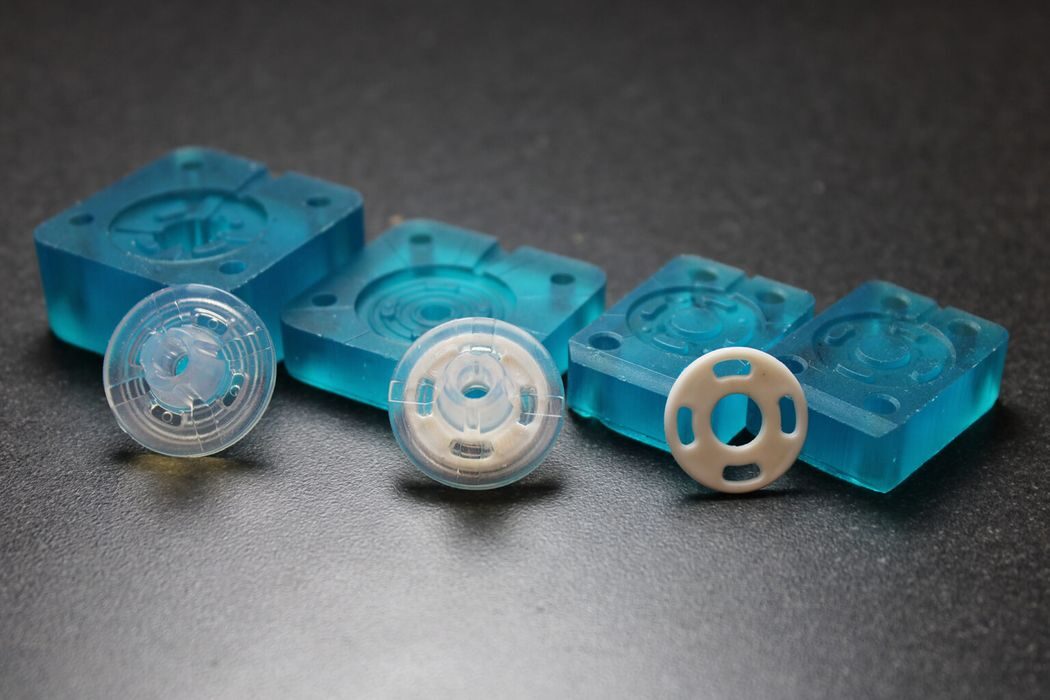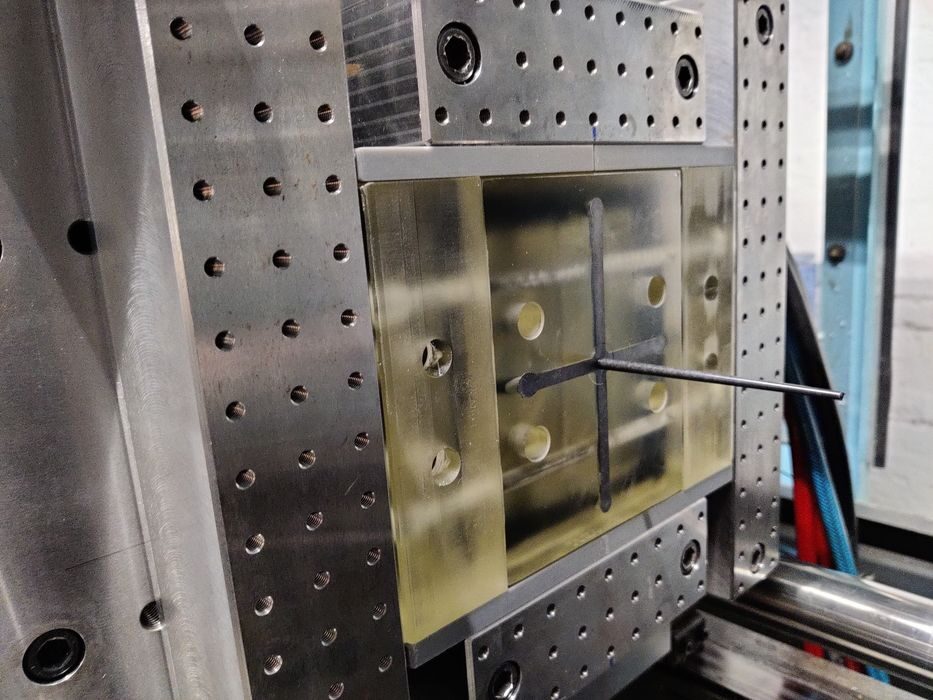
I had a chat with Lasse Staal of 3DPMolds, a new 3D print company.
You might be familiar with Staal, as he was one of the forces behind Danish company AddiFab. AddiFab developed a very unique technology to use 3D printed soluble material to quickly produce highly usable injection molds. The technology is able to produce molds ideal for short production runs in the entire range of injection mold materials, or iterate through a design sequence.
The AddiFab tech was so attractive that the company was acquired by Nexa3D in April 2023 after a year of partnership.
Things seemed to be going well until Nexa3D ran into macroeconomic pressures towards the end of 2024, which have not yet been resolved. As a result, Nexa3D announced a decision to scale back operations, with the intent to transition technologies from several Nexa3D acquisitions, including AddiFab, Essentium, and others.
Staal decided to expand on the injection mold concept that resulted from working with AddiFab customers. And it turns out that the AddiFab concepts were only the beginning of a new niche in 3D printed molds.
As a result of this realization, Staal launched a new company, 3DPMolds. The company’s tagline is “Molds today, parts tomorrow”, and it aims to be a complete provider for 3D printed injection molds.
And 3D printed molds is what this is all about. Staal discovered that there are more twists and turns to 3D printing injection molds, and realized there is a vacant spot for this technology to be filled.
Staal told us:
“The design of 3D printed molds is different from the design of conventional metal molds, and soluble mold materials allow a design freedom that may exceed what is achievable with conventional molds. However, I had quite a few tools asked about that did not require soluble material. For example, many needed help to design 3D printed molds that split properly. And over time, we got closer and closer to conventional molds.”
Staal explained one of the new dimensions his company is exploring along with manufacturing partners like German SK Industriemodell: hybrid mold concepts comprising durable mold cavities and soluble mold cores. The idea here is to retain the design freedom offered by soluble mold elements while reducing the amount of soluble mold material that is used per molded part. In other words, 3DPMolds is increasingly moving from fully soluble molds to molds that are partially soluble, partially durable.

According to Staal:
“These soluble inserts can simplify complex injection molds — at only a fraction of the cost. Since we end up dissolving only those parts of the mold that are stuck in the injection-molded part.”
In addition, the soluble-insert approach offers a lot of flexibility. It’s possible to do a batch of only one, or a batch of many shots, by simply migrating from purely 3D printed to hybrid as the number of parts increases.
It seems that Staal is onto something entirely new here. Up to now, the world was either “CNC milled metal molds” or “3D printed polymer molds”. Now 3DPMolds and partners offer something in between: a hybrid approach where many more possibilities exist by combining technologies in ways that haven’t been done before.
Staal explained:
“It’s important for people to understand that this is an emerging technology.”
That means that we are still discovering new ways to apply this approach to new applications. Fully exploiting the potential of 3D printed molds will require partnerships with creative and forward-thinking manufacturers, and I have a suspicion there are quite a few of those that could take advantage of 3DPMold technology.
Via 3DPMolds
